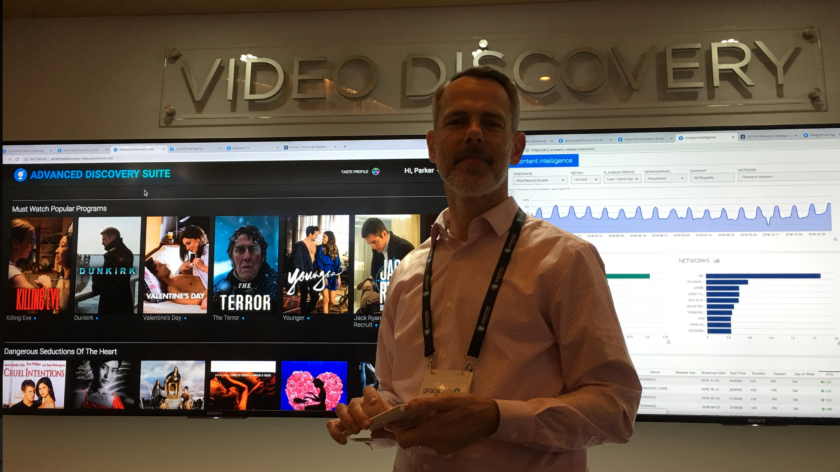M+E Daily

CES 2019: Gracenote Reports Strong Early Interest in Next-Gen Descriptive Metadata Solution
Story Highlights
LAS VEGAS – Gracenote is “already getting a lot of interest from customers” about the recently-introduced Video Descriptors next-generation descriptive metadata solution that uses machine learning (ML), according to Greg Gentschev, VP of product management at the company.
That early interest “kind of confirms our idea that richer metadata is one of the things that’s been holding search and discovery back,” he told the Media & Entertainment Services Alliance (MESA) at the Consumer Electronics Show (CES).
In announcing Gracenote Video Descriptors early this month, the company said the solution offers “deeper, more descriptive” info about movie and TV show content, and is the first of the company’s new Advanced Discovery products. The solution will enable pay TV providers, over-the-top (OTT) services and connected device manufacturers to “unlock deeper user engagement and loyalty in a hyper-competitive marketplace,” it said Jan. 3. To generate the descriptive metadata, Gracenote “leverages a combination of expert human editors and advanced machine learning,” Simon Adams, its chief product officer, told MESA at the time.
Gracenote has been spotlighting Video Descriptors at CES this week and Gentschev provided MESA with a demonstration of how it works. “What we actually found is that a lot of our initial customers” indicated that if the solution was only ML-generated, they’re “not that interested” because they can do that on their own, he said. Those customers are instead more interested in the editorial curation, he noted.
Among the items “coming up on the roadmap that leverage this” are personalized images, he told MESA. Netflix has been personalizing images used on screen for its content for specific viewers for a while, he noted.
For example, the recommendation that somebody who likes science fiction a lot gets for the Netflix TV show “Stranger Things” might include an image of a creature, but the recommendation that somebody else gets for that same show might instead feature an image of the kids from “Stranger Things” together if that person is a fan of the movie “Stand By Me,” he said, adding: “We want to make that kind of stuff available to other platforms as well. So, we’re expanding our selection of images and tailoring those images to the individual keywords and celebrities” that are in the content.
But he told MESA: “This right now is still in the root concept stage.”
Good editorial curation of the images, meanwhile, should help companies avoid controversies like the one that recently was in the news when viewers were annoyed about seeing images for movies in which actors who only played a minor role were featured instead of the stars, he said.
Gracenote is also looking to “do more validation with customers to make sure that some of these new products really meet their needs,” he noted. By letting customers try these concepts out, Gracenote will be able to “tweak” them more easily if there are aspects that aren’t working “before we go into full launch,” he said.









